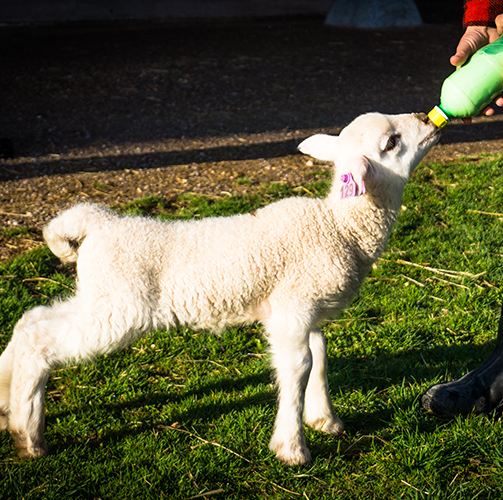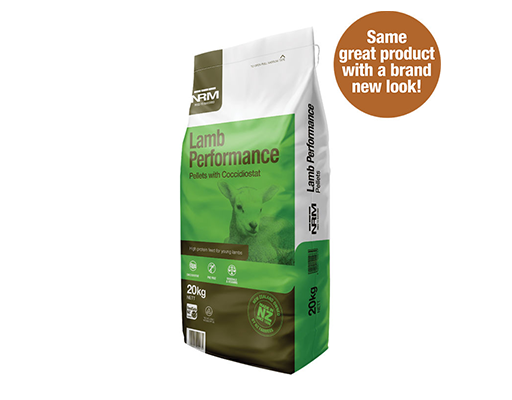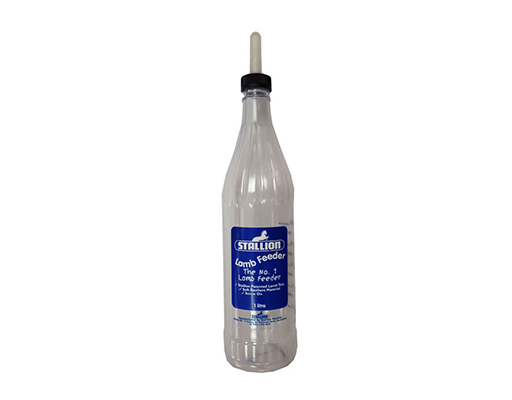What You Need to Know for a Successful Lambing Season
Words by Tiffany Menzies
Farmlands in-house vet Tiffany Menzies shares some practical tips on how to prepare for lambing season, including nutrition and health management.
Proper nutrition for ewes is critical during the last four to six weeks of gestation to ensure that the developing foetuses receive the necessary nutrients for healthy growth and development, while also supporting the ewe’s nutritional needs and health. This means feed planning well ahead is essential to aid the health and survival of your flock, and to provide them with the dietary protein, energy and essential minerals they need for optimal performance, says Tiffany. Ultimately, among other factors, what is fed prior to lambing depends on pregnancy rates – singles verses multiples (twins or triplets) – and due lambing date.
This is when scanning can come in handy, so you can tell how many lambs each ewe is carrying and then adjust feeding levels accordingly to help avert feed-related issues arising. It is equally important to strike the balance between feeding enough, but not too much or too little. When the ewe is over-fed, the unborn lamb can grow too big, which can lead to birthing difficulties, the loss of the lamb or even the ewe. Equally, in the latter stages of pregnancy if ewes are underfed in terms of both quantity and quality of feed, problems can arise for both the ewe and her lamb.






